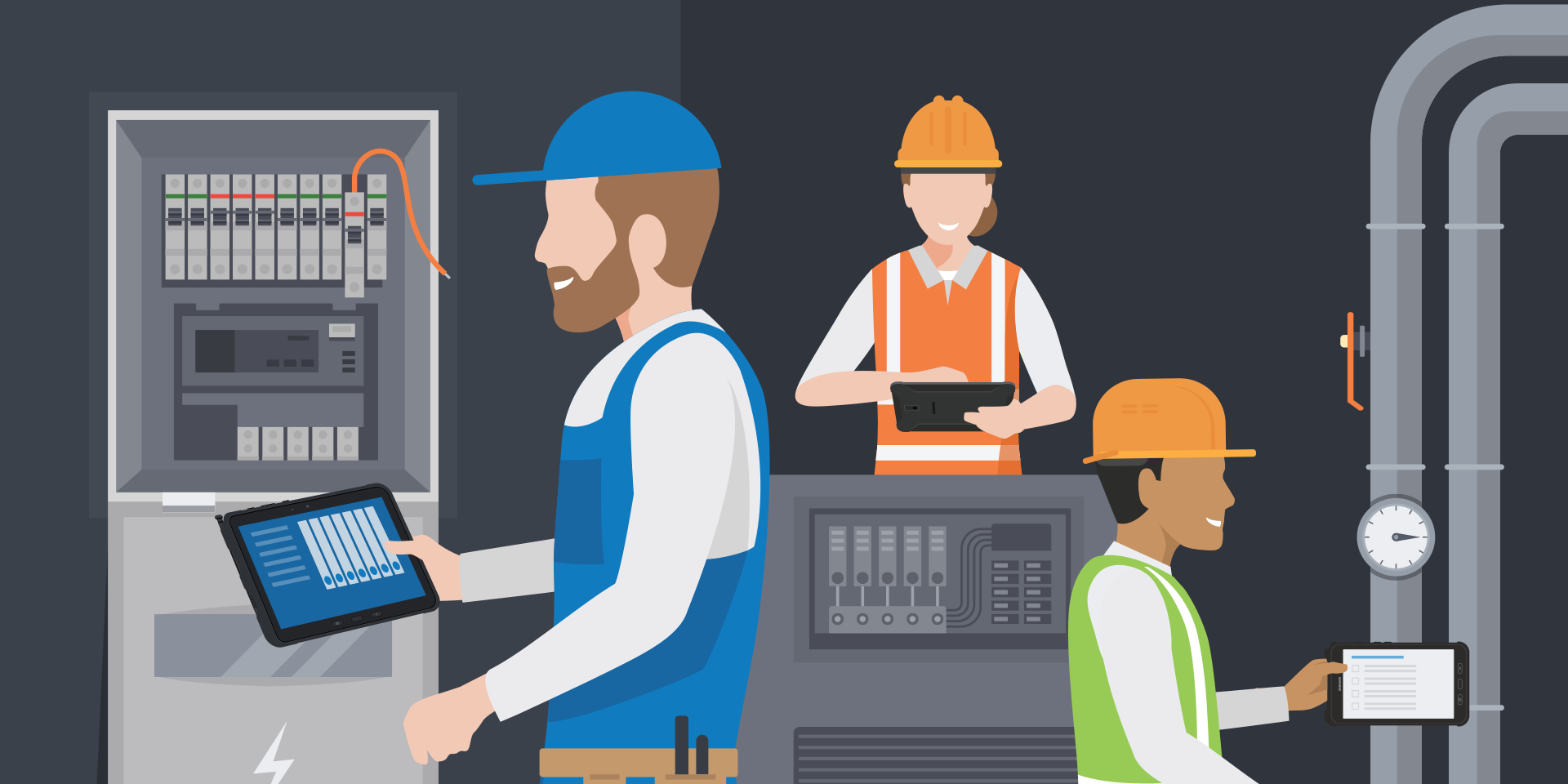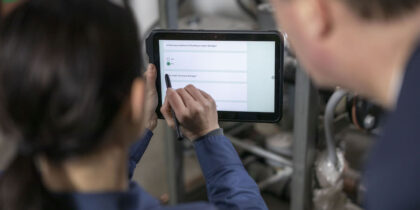Due to the very nature of their assignments, field service workers struggle with a variety of challenges. That’s largely because the production tools and communication systems they use to do their jobs while on location have remained fairly static. On the other hand, the work itself has become much more complex and reliant on real-time data. Such a phase lag in field services connectivity can sharply decrease productivity. The good news is there are agile workarounds to these very real speed bumps.
Here’s a look at some worker challenges — and potential solutions — in the field services landscape.
1. Lack of Real-Time Communication
Traditionally, field service workers have relied on paper copies of work orders, which might get misplaced or smudged at a work site. Workers might have to dial in to headquarters to report a task complete, or ask for backup and log service reports in the process. This static information delivery creates a discontinuous workflow between managers and the field service worker.
Mobile devices deliver field services connectivity so that workers can log into service contracts while on the road, and be updated with current information about a particular work order. Using mobile devices, field service workers can also call for new parts and update the status of long-term projects in real time.
2. Limited Troubleshooting Ability
During field service, workers lean on their own experience to troubleshoot problems. Particularly difficult challenges might call for referencing an operational manual, but even those are often inaccessible in remote areas — and possibly outdated as well.
Empower Your Field Services Team With Mobility
Exceed customer expectations with this free guide to improving connectivity in field services. Download Now
Mobile devices, on the other hand, expand the field service worker’s knowledge. Not only can workers access company manuals through a rugged tablet, they can also receive instructions from a remote expert via augmented reality applications. An offsite instructor and the field service worker can work in tandem by relaying live images of broken parts. Overlaying these against three-dimensional AR drawings can pinpoint errors and deliver live tutorials, allowing workers to solve problems immediately without having to return at a later date.
3. Working in Silos
Complex multiworker projects in field service often require employees to work on the same page. Without being able to see the larger picture, however, they get trapped in silos. A lack of field service connectivity might lead to workers overlooking crucial links or tasks that need to be completed.
Rugged mobile devices allow field service workers to log in to proprietary enterprise-driven software so managers can better coordinate tasks. Having access to real-time information in field service enables everyone to work off the same plans and checklists in the most effective fashion. This sort of approach avoids duplicate work or overlooked tasks and allows managers a smoother overview of long-range project goals.
4. Inability to Respond to Changing On-Ground Situations
Field service workers can be exposed to a variety of changing hazards while at work sites. While a phone call from a manager can alert workers to impending storms and other potentially dangerous conditions, complex projects might need labor to be redistributed according to real-time conditions. A construction project, for example, might need to be moved forward to make up for an impending hurricane, with additional field service workers rerouted. Static information presents a speed bump to the smooth synchronization of multiworker projects.
Equipping every field service worker with a mobile device and related communication technologies allows managers to coordinate labor and project outcomes more effectively, especially in response to changing situations on the ground.
5. Decreased Productivity
Field service workers who only attend to field-related tasks while on the road might have to visit the corporate location later in the day, or log on to desktop machines to complete administrative tasks like updating time logs or requesting paid leave.
Using enterprise-wide HR software through mobile devices saves time and energy by not delaying these administrative tasks to specific time windows. Field service workers who use mobile devices can now access their entire to-do list through one centralized platform, instead of having to adopt a piecemeal approach.
Field service workers deal with a similar roster of challenges while on the job, problems that are compounded by a lack of connectivity and access to the latest information. Mobile devices such as the Samsung Galaxy Tab Active2 deliver modern technologies that meet the demands of field service in the 21st century. By delivering field service connectivity in real time and in remote locations, mobility improves worker productivity, leading to more effective project outcomes.
For more information about using rugged tablets in harsh conditions, watch this short video. Or, read a free white paper on improving connectivity in field services.









